Landscape photographs are not only some of the most popular types of photos, but they can also be some of the trickiest to get right. Here are a few tips for taking the best landscape photos and mastering the art.
Types of Landscape
The first thing you need to do is understand how different landscapes require different techniques, focal points, etc, as what you need to focus on and champion will differ from place to place.
Rivers
A river or a landscape that includes a river often requires a photo that can capture the flow and movement of the water. While you can use different camera lenses to do this, decide on the type of photo you want, depending on the water. If it is slow-moving, make it part of the photo; if it is fast-moving and strong, you can make it the focal point.
You also need to be aware of reflections, as a great photo can be ruined if the reflection is dull or just something you don’t want to see.
Forests
With forests, first decide on the mood the forest gives you. Is it dark and gloomy, or light and airy? Once you have decided this, you can better choose the time of day you want to shoot it. Next, find a position that captures the size of the trees, their details, etc.
If you find a path or a unique-looking tree, photograph the landscape in a way that draws the eye to that point.
Plains
Plains are arguably one of the most difficult landscapes to shoot as there is often no focal point to focus on or draw the eye to. While the goal of this type of landscape photo is to capture the size of it, try and find something interesting or unique in the area that you can use as a focal point.
Maybe it is a lone tree, an abandoned shelter, or even a cow. Whatever it may be, taking the time to find the unique part of the area can elevate the photo to an entirely new level.
Mountains
Mountains are slightly easier to photograph as the main goal is to capture the size of them. Once you have determined that, decide on the type of mountain it is; is it rough and rugged, or magical and enchanting?
When you know what type of mountain it is, shoot it in a way that captures that feeling the best; don’t just point your camera at it and snap.
Coasts
With coasts, you have a lot of options depending on the type of water. Is it a rugged coast with huge, crashing waves, is it a tranquil beach with calm ripple, or is it something in between?
A close-up photo of the waves can convey their power, while a wide-angle photo of a calm beach can capture the tranquility of the entire area.
Landscape Details
The one mistake that many new landscape photographers make is thinking you can only take wide-angle photos that capture scale without capturing too much detail. There will be multiple occasions where the detail is the thing that should be seen the most and not the scale.
For instance, a lone tree in a desert or arid area can be the point of interest for a wide-angle photo, but an up-close photo of the tree with the landscape in the background can be just as interesting and unique.
Lenses
While a wide-angle lens is the go-to option for many landscape photos, it shouldn’t be your only option. Wide-angle photos can capture the breadth and scale of the landscape, but zooming in can capture the small details that take the photo to the next level.
While this won’t apply across the board, experimenting will ensure you don’t miss out on any opportunities that could lead to a better photo.
Lighting
Lighting can make or break a landscape photo, and it is easily one of the most important things you need to pay attention to. Unless you have some tricks or you have been a photographer for a long time, taking landscape photos in the middle of the day when the sun is at its brightest is often not the best time for photos.
Sunrise adds a beautiful glow and a feeling of lightness and “hope” in a way, while sunset is much moodier and dramatic. Where you are shooting will also decide which light is best, but as an easy rule to follow, generally avoid the brightest time of day.
The Horizon
Whether you are photographing mountains, a forest, or a desert, always ensure you keep your horizon line straight. If you are struggling to get a straight horizon line, most modern cameras have a very useful tool to help you out.
Activating the thirds grid can help you straighten your camera out, and it also ensures your horizon line stays straight when changing angles.
Change Angles
Finally, don’t be scared to change angles when shooting landscapes. There will be many times when shooting something from eye level will look amazing, but there will also be times when simply lowering the camera can completely change the perspective and scale of what you are shooting.
A photograph from lower down can accentuate the size of the sky or a building you are trying to capture while photographing from higher up can extend the background.
Landscape Photographs Conclusion
Shooting great landscape photos takes practice. There are many details to keep in mind between camera lenses, scenery, angles and lighting. Afterwards, photos may require some processing through photo editing. Here are some tips to post better photos on social media.

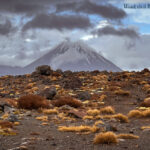
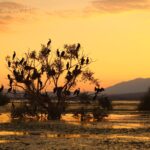
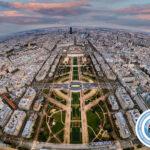
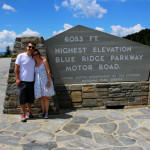
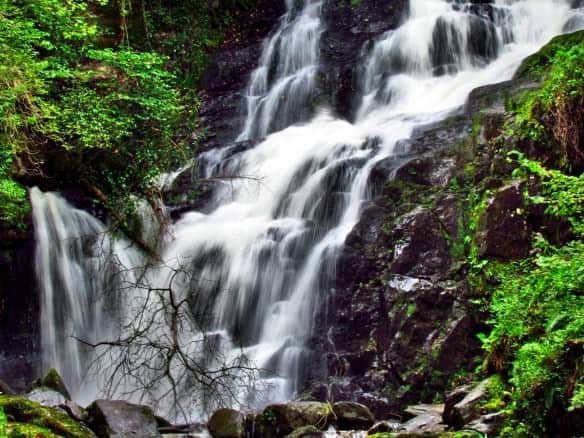
 Lyon: Highlights of France’s Gastronomy Capital
Lyon: Highlights of France’s Gastronomy Capital  Prague’s Hidden Gem Restaurants and Bars
Prague’s Hidden Gem Restaurants and Bars